A Night of Faith, Joy, and Unity
In 1885 riverboat captain Thomas Ryman, who had recently come to a deep faith in Jesus, decided to build the Union Gospel Tabernacle in downtown Nashville, Tennessee, as a place to hold revival meetings.
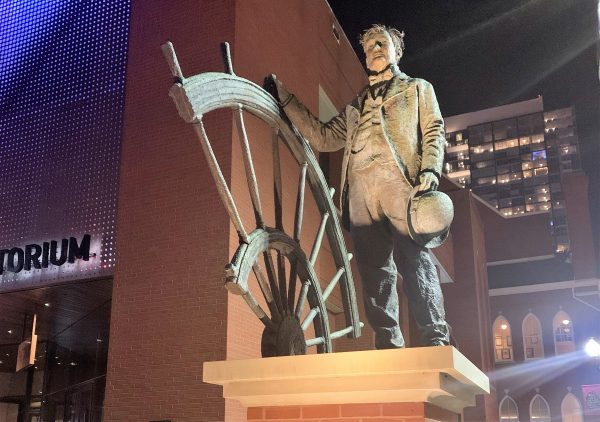
The first revival held there was in 1890 before the structure was finished. A piece of canvas covered a hole in its unfinished roof. The tabernacle opened in 1891. Evangelist Dwight L. Moody held a revival there in 1896.
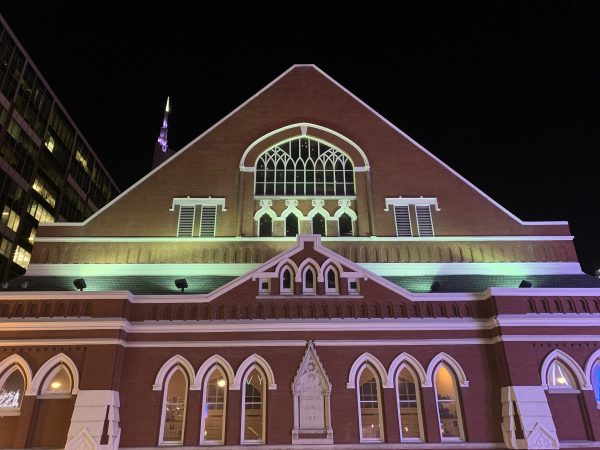
The acoustics of the building were so wonderful that the tabernacle became a concert hall as well. The Ryman hosted vaudeville shows, Broadway plays, ballet performances, Shakespearean plays, and opera singers. The New York Philharmonic played there in 1893.
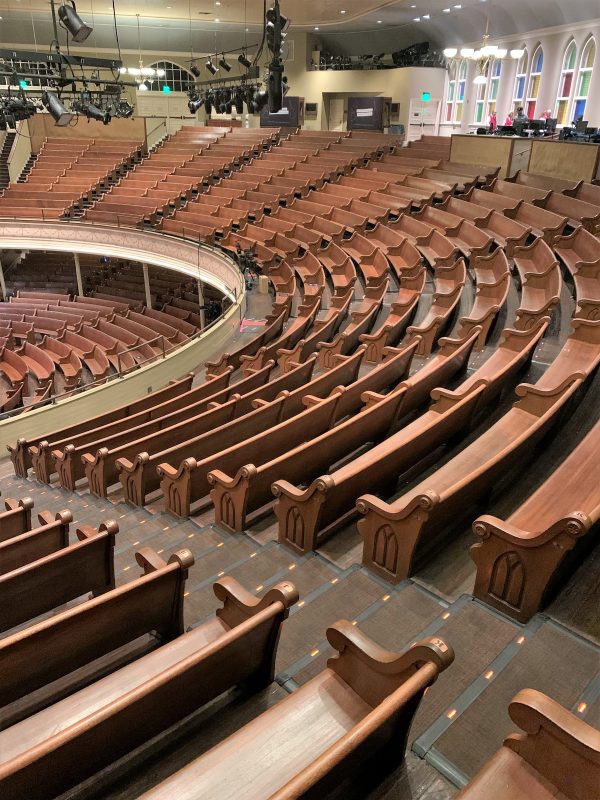
Captain Ryman died in 1904. During his funeral at the Union Gospel Tabernacle, a minister asked those assembled to vote on whether to change the name to the Ryman Auditorium. The audience responded with a standing ovation.
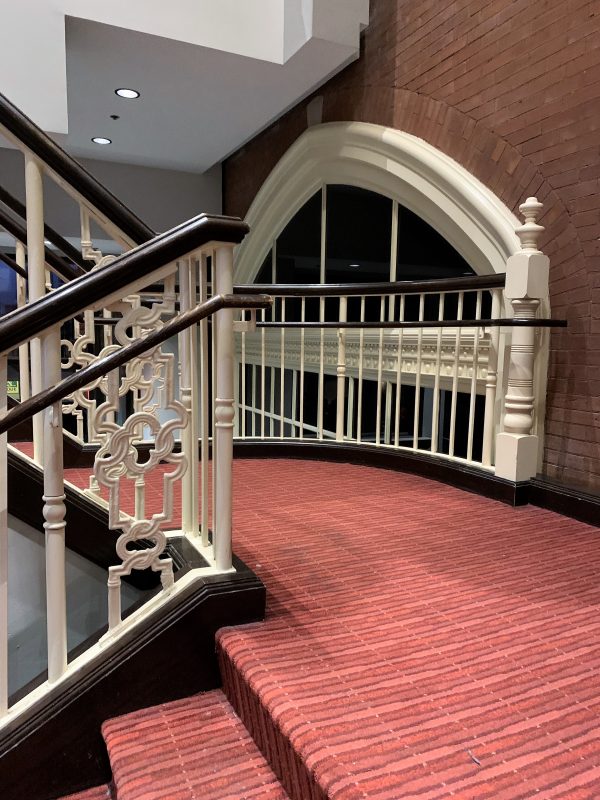
John Philip Sousa and his band performed at the Ryman in 1908. In 1913 the Fisk Jubilee Singers gave a concert there. In 1934 the Vienna Boys Choir performed there. Lecturers who spoke at the Ryman included Booker T. Washington (founder and president of Tuskegee Institute), Theodore Roosevelt, and Eleanor Roosevelt. In 1941 Katharine Hepburn performed there in the play, The Philadelphia Story. This was a year after she starred in the film based on the play.
By 1943 the famous Grand Ole Opry had outgrown four venues. On June 5 of that year, the show moved to the Ryman Auditorium. For 31 years, country music fans from across America and around the world traveled to Nashville to watch a live Friday or Saturday night performance of the Opry at the Ryman, while millions listened on the radio. Though audiences continued to enjoy other styles of entertainment at the Ryman, the country music played on the Grand Ole Opry radio show made the Ryman famous.
In 1974 the Opry moved to the new, larger Grand Ole Opry House. A special memory for me is attending the Friday night Opry on the last night it was held in the Ryman before the show moved to its new home. My aunt Emily (who is only a year and a half my senior) and I enjoyed that performance together.
Richard Nixon was serving as president in 1974. He made an appearance on the first Grand Ole Opry held at the new Opry House. He led the audience in singing Happy Birthday to his wife, Pat. He also performed “My Wild Irish Rose” and “God Bless America” on the piano. On stage that night, Opry star Roy Acuff, the King of Country Music, gave Nixon a lesson in how to yo-yo.
The Ryman Auditorium fell into disrepair after the Opry moved out. In 1993 the Gaylord Entertainment Company restored the building and installed air conditioning for the first time in its history. On June 25, 2001, the National Park Service held a formal ceremony there, naming it a National Historic Landmark.
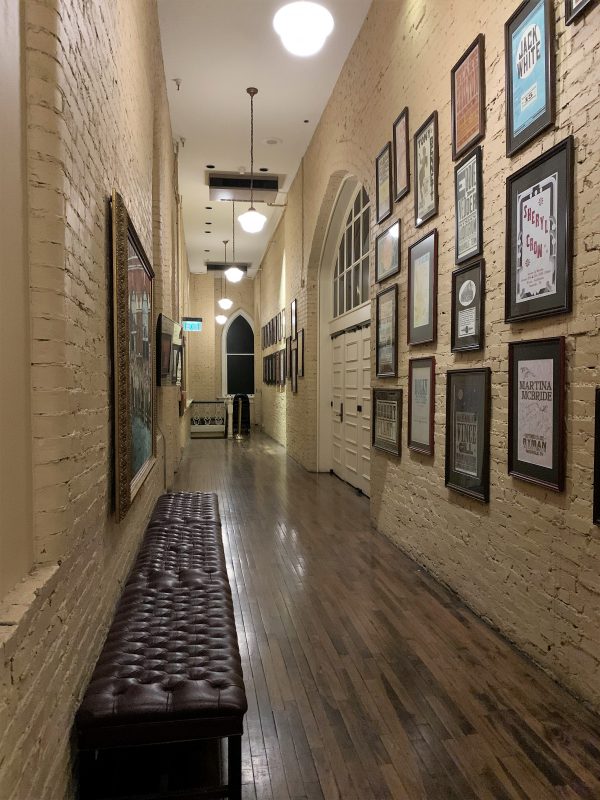
After its restoration, the Ryman once again became an entertainment venue. The Grand Ole Opry itself comes back to the Ryman for special occasions. In 2010 Nashville experienced devastating floods. Water rose to a level of ten feet deep inside the Grand Ole Opry House, but flood waters did not reach the Ryman. The Grand Ole Opry moved back to the Ryman while the Opry House was repaired.
Over the last several years, Ray and I have had the privilege of attending two performances at this beautiful old venue. On November 11, we returned for an extra special concert: the 150th Anniversary Concert of the Fisk Jubilee Singers. Ray and I have longed to hear this Emmy-award winning group again after seeing them live at the Cookeville Performing Arts Center in the early 2000s.
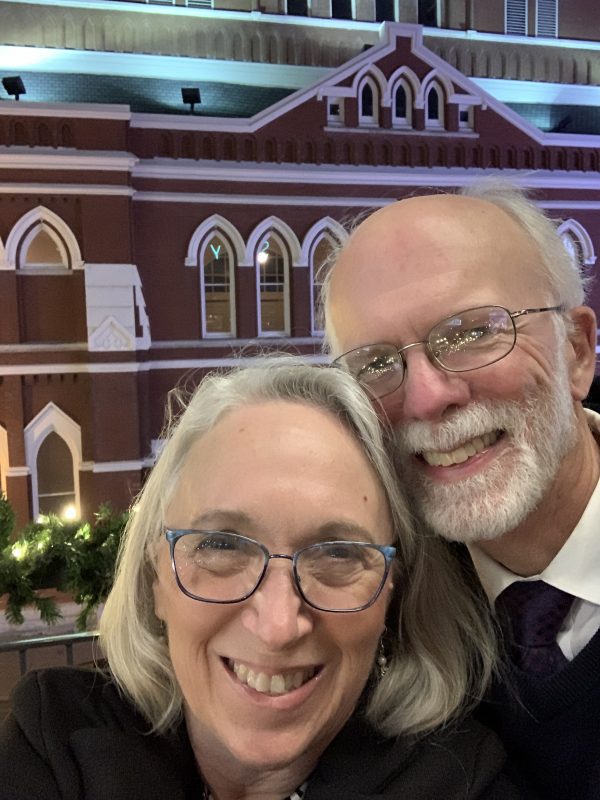
Ray and I arrived early and enjoyed seeing the statues of country superstar Loretta Lynn . . .
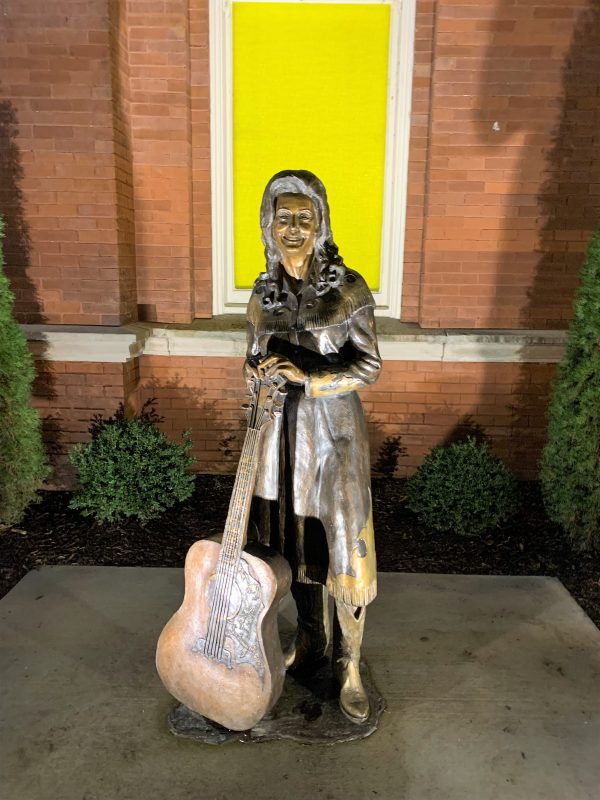
. . . and Bill Monroe, the Father of Bluegrass.
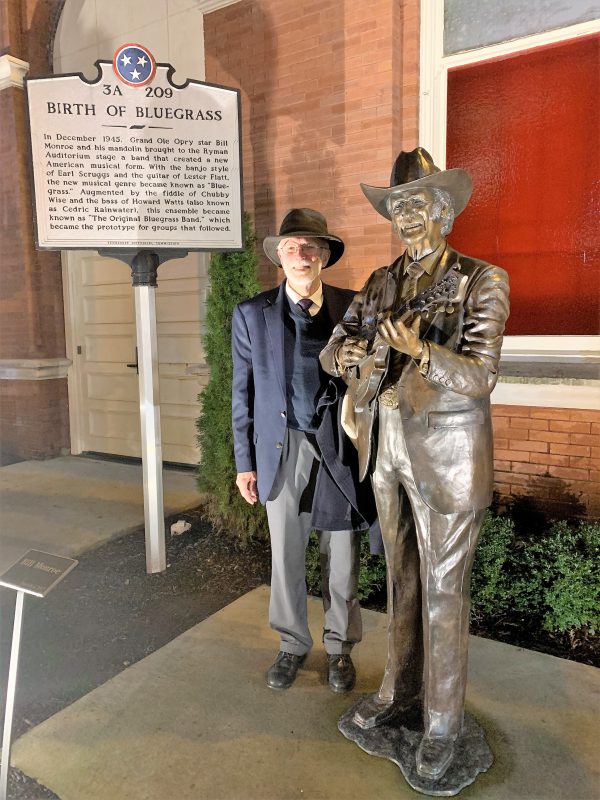
I am struggling to find the words adequately to describe this special evening. It was an evening of beautiful music. It was an evening with many expressions of Christian faith. It was an evening of unity between the African American singers onstage and the mixture of African Americans and white Americans in the audience. We clapped together. We sang together. We honored America together.
For 150 years, the Fisk Jubilee Singers have preserved songs that enslaved people sang during their bondage, music with roots in Africa. The Singers have taken that music to the world. In the early years after the Civil War, some of those who had once been enslaved were opposed to sharing their music with outsiders. It was too special and personal. I am grateful that the Singers shared it. These were songs that the rest of us needed desperately to hear, songs that give us a tiny peek into their suffering and their resilience, songs that point us to Jesus.
Dr. Paul Kwami, director of the Fisk Jubilee Singers, is from Ghana. During the first half of the show, he wore a Western-style suit with an African scarf around his shoulders. After intermission, he wore an African tunic and pants in vibrant yellow. The fabric was similar to silk brocade and was absolutely beautiful. I feel sure there are terms for the scarf and the tunic outfit, but I don’t know what the proper terms are.
The concert had many highlights. It began with nine singers recreating the 1871 portrait of the original ensemble. Each of the singers presented a monologue telling a brief biography of one of the first singers. They sang spirituals in between the stories.
Next the entire Fisk Jubilee Singers group sang for us.
During the evening, the Singers and Dr. Kwami received accolades from the stage, including words of appreciation from the mayor of Nashville.
After intermission, Dr. Kwami noted that the day was Veterans Day. He said that the Singers had a special song in honor of the day. They sang the National Anthem. The audience of African Americans and whites stood together while we watched Dr. Kwami in his African clothing leading an African American singing group sing the National Anthem. How can I describe the moment? So unifying. So powerful. So right.
During the second half of the show, various performers sang with the Singers to showcase the influence that spirituals have had on a variety of American music styles. Dr. Kwami has a niece who is a singer. She performed a song that uncle and niece wrote together. It was particularly exciting when he came onstage and joined her to finish the song with a duet.
I’ll finish with one final highlight. The Singers sang “O Happy Day” with seventy-nine-year-old gospel singer, Dr. Bobby Jones. Soon we in the audience were on our feet, clapping and singing our hearts out along with them. I looked around at that crowd declaring that Jesus washed our sins away in the historic Ryman Auditorium and my heart was filled to overflowing to our great and good God.
On the row in front of us was a distinguished, well-dressed, tall and erect African American man sitting alone. He watched intently. With a quiet dignity, he clapped and sang and watched intently. He had a pretty little gift bag with him. As we filed out after the concert, I told him that I enjoyed watching how he enjoyed the concert. “My goddaughter was on stage,” he told me. “I came from Washington, D.C.” He gave her the gift of sharing a once-in-a-lifetime opportunity with her.
Ray and I posed for this picture . . .

. . . after an evening of joyful faces, an evening of singing together and expressing faith in Jesus with strangers. Our challenge is for that not to be a once-in-a-lifetime experience, but one that each one of us works to duplicate and to invite others to share.
It’s something Jesus wants very much for us to do.
The glory which You have given Me I also have given to them,
so that they may be one, just as We are one;
I in them and You in Me, that they may be perfected in unity,
so that the world may know that You sent Me,
and You loved them, just as You loved Me.
John 17:22-23


